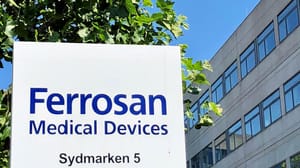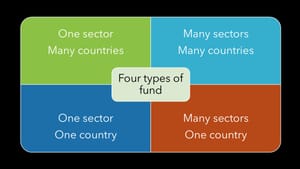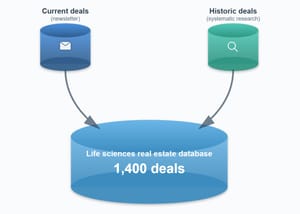In an era defined by uncertainty – economic volatility, geopolitical fragmentation, and the accelerating need for sustainable transformation – institutional investors face a fundamental challenge: where to allocate capital for long-term resilience, performance and impact. One asset class, still under-represented in most European portfolios but increasingly relevant, addresses these goals on multiple levels: life sciences real estate (LSRE).
Investing at the intersection of megatrends
LSRE refers to purpose-built or heavily-adapted buildings that support biotech, pharmaceutical, medtech and health innovation companies. These include laboratories, production sites, logistics, research hubs and hybrid office-lab facilities, often located near universities, hospitals or technology clusters. What makes LSRE especially compelling today is that it sits at the intersection of multiple global megatrends – ageing populations, healthcare innovation, digitalisation, ESG investing, and infrastructure transformation – offering investors both durable demand and long-term structural growth.
These megatrends are not passing phenomena. The increasing prevalence of chronic disease, the impact of pandemics, the shift toward personalised medicine, and the widespread adoption of digital health services (from telemedicine to diagnostics platforms) are reshaping global healthcare systems – and with them, the physical spaces needed to deliver innovation. The emergence of a growing global middle class, especially in emerging markets, is further amplifying demand for advanced medical services and pharmaceutical products. Unlike demand for traditional offices or consumer-led retail, the need for life science infrastructure is non-cyclical and escalating.
For institutional investors seeking to align with these forces, the European LSRE market offers a rare opportunity. While the US market is well-established – with mature clusters in Boston, San Diego and San Francisco – Europe is entering a new growth phase. Supported by the EU Commission, national governments and regional policy-makers, life sciences have been identified as a strategic sector where Europe is still globally competitive, unlike other high-tech industries where the region has lost ground. Research, manufacturing and translational medical infrastructure are being actively promoted through funding, land-use incentives and public-private partnerships.
Why early movers are uniquely positioned
Despite this momentum, the market remains relatively fragmented and inefficient, particularly compared to sectors like logistics or residential. This presents an early-mover advantage. Yields remain elevated due to perceived risks: limited comparables, bespoke technical requirements, and low liquidity. But these characteristics also point to future upside. As investor understanding improves, developers gain technical know-how, and more benchmark transactions emerge, yield compression is likely, mirroring the evolution of student housing, senior living or data centres. For those entering the market now, there is real potential to lock in value before the asset class becomes mainstream.
Resilience is another key differentiator. Life science tenants are fundamentally "sticky": lease lengths often exceed 10 years, fit-outs (typically funded by the tenants), are highly capital-intensive, and tenants are deeply embedded in their locations. From global pharma to scale-up biotech, companies co-locate near academic research institutions, hospitals and innovation clusters. Areas like Planegg-Martinsried, just outside Munich and anchored by the university hospital LMU Klinikum and the Max Planck Institutes, exemplify this model - where public research, venture capital and real estate development align to form dynamic science ecosystems.
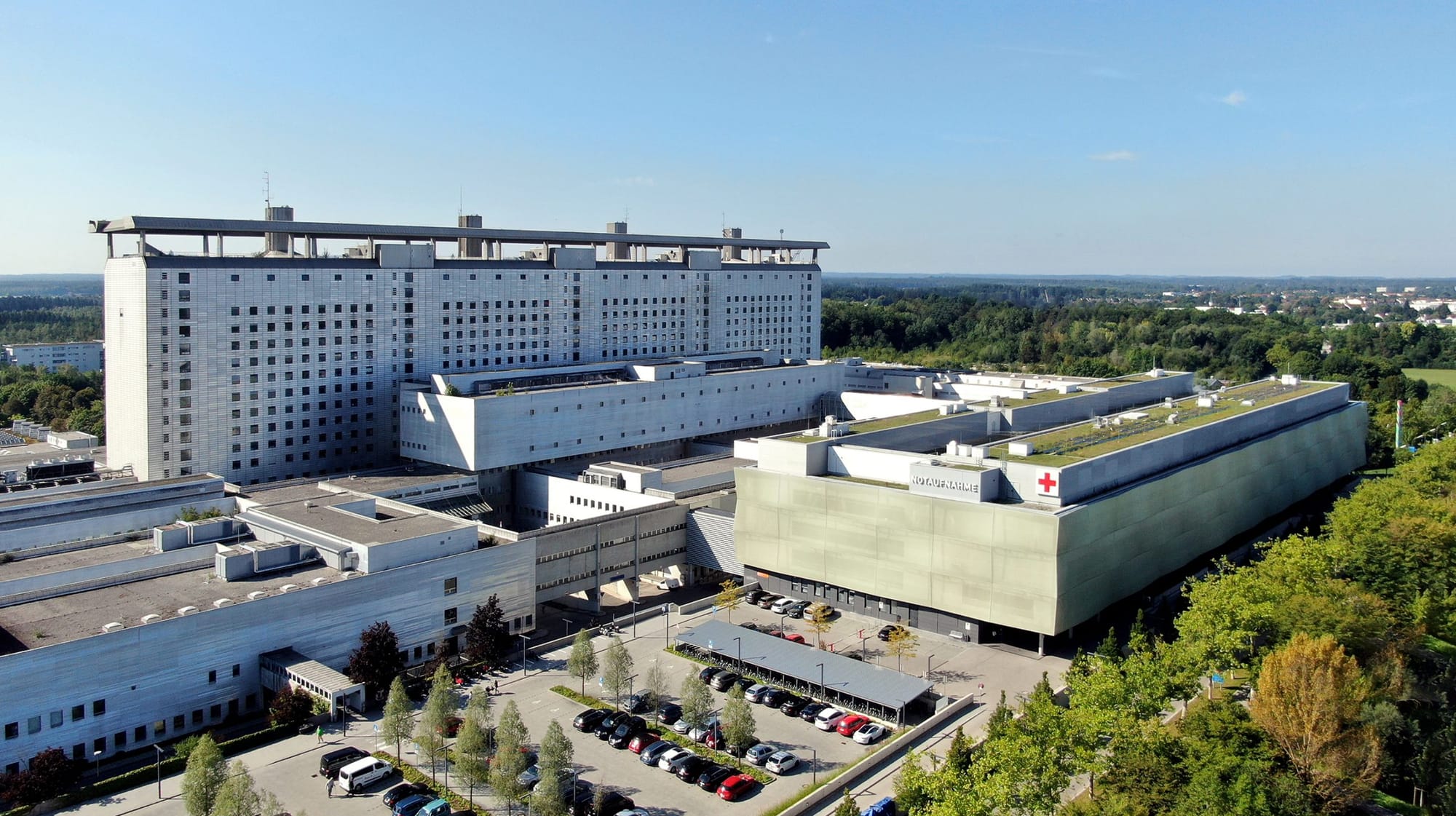
During the COVID-19 crisis, while many real estate segments experienced severe dislocation, demand for lab and R&D space increased. Vaccine development, diagnostics and pandemic preparedness became top priorities across the public and private sectors. This resilience is not incidental - it reflects the critical, system-relevant role life sciences play in modern societies.
Resilient tenants and low correlation: a portfolio advantage
For portfolio construction, LSRE offers an additional layer of value: low correlation with traditional real estate segments such as office, retail or logistics. The sector is driven by fundamentally different demand patterns, linked more to demographics than to consumer cycles or employment trends. For insurers, pension funds and long-term investors with regulatory or fiduciary mandates, this diversification effect is increasingly attractive, especially in times of market stress.
These dynamics make LSRE particularly well-suited to the core-satellite investment strategy. In this approach, a defensively allocated "core" (such as residential, logistics, or prime office) is complemented by more dynamic, return-enhancing satellites. LSRE serves as a high-quality satellite with the potential to evolve into a future core holding. It offers above-average income returns, proximity to innovation, and a clear alignment with ESG goals, making it a valuable addition to a balanced, diversified portfolio.
A real asset with real impact: ESG, SDGs and infrastructure quotas
This ESG dimension should not be underestimated. Life science infrastructure supports several of the United Nations Sustainable Development Goals (SDGs):
• SDG 3 – Good Health and Well-being: providing space for the development of new therapies, medical technologies and healthcare delivery models
• SDG 9 – Industry, Innovation and Infrastructure: enabling R&D and the commercialisation of science
• SDG 11 – Sustainable Cities and Communities: integrating knowledge economies into urban regeneration plans
• SDG 13 – Climate Action: driving high energy efficiency in new builds and retrofits, despite demanding technical standards
In many jurisdictions, LSRE assets can also be classified under infrastructure quotas, rather than traditional real estate allocations. Under the European Insurance and Occupational Pensions Authority (EIOPA) definition and in line with Solvency II, infrastructure assets are those that provide essential public services, have long-term, stable cash flows, and play a critical role in societal functioning. When LSRE is demonstrably linked to critical health infrastructure –for example through its EU-Critical Entities Resilience Directive (CER) relevance –it can meet these criteria.
This distinction is increasingly important as many institutional investors, particularly insurers and pension funds, have already reached their permitted property exposure. In Germany, this can release pressure on the strict real estate quota under the “Anlageverordnung”; in other EU markets and the UK, the classification is strategically relevant for portfolio diversification, ESG positioning, and in some cases lower capital charges under Solvency II. While in Germany the driver is often regulatory headroom, internationally the appeal lies in the ability to allocate capital to a resilient, policy-aligned segment that delivers both financial stability and measurable social impact.
Navigating complexity: why dedicated expertise matters
Still, this is not a plug-and-play asset class. It comes with specific challenges that must be carefully managed. These include limited market data, complex technical requirements, tenant credit analysis (especially for early-stage firms), and relatively illiquid exit markets. Additionally, buildings are often tailored to single users, which may limit reusability if occupancy changes.
To succeed, investors must engage with LSRE actively – not passively. This means developing dedicated internal teams or strategic partnerships that combine expertise in real estate, healthcare, science and infrastructure development. In the Netherlands, institutional investors have backed full-lifecycle science parks in Leiden that integrate public research, commercial R&D and real asset ownership. In the UK, specialised funds have emerged around the Golden Triangle, focusing exclusively on life science clusters with embedded capital and tenant demand.
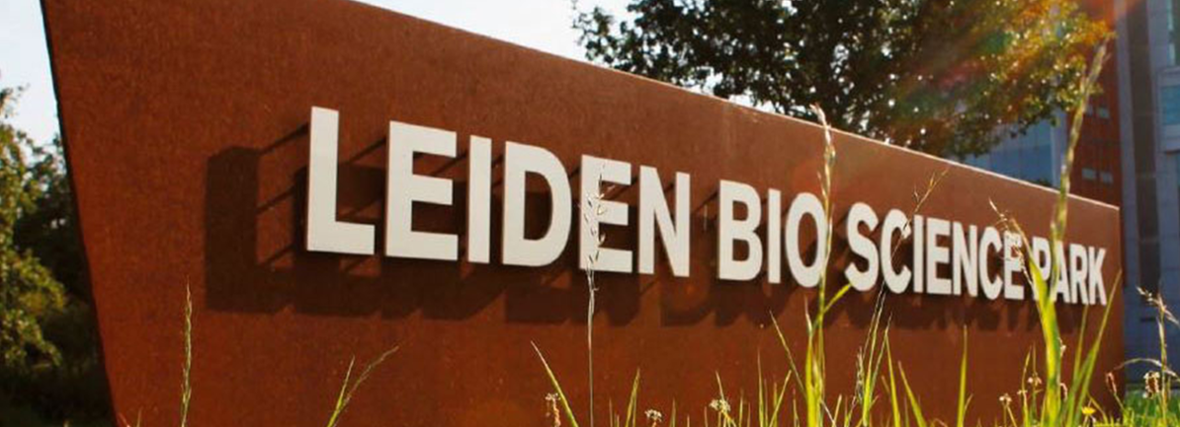
In conclusion, LSRE is a rare example of an asset class that aligns macro trends, impact relevance and investment performance. It offers access to a vital sector of the real economy – healthcare and innovation – while delivering stable, long-term income streams with low correlation to other property types. But it is not a conventional asset. LSRE requires knowledge, partnerships and long-term perspective. For institutional investors prepared to build or partner with dedicated teams, the opportunity is not only promising – it is strategic.
Our guest writer Martin Eberhardt FRICS of AperDurus has been working for over 20 years at the executive and C-suite level at leading investment firms such as Union Investment, Bouwfonds IM (Rabobank), Corpus Sireo/ Swiss Life, and Corestate Capital.


